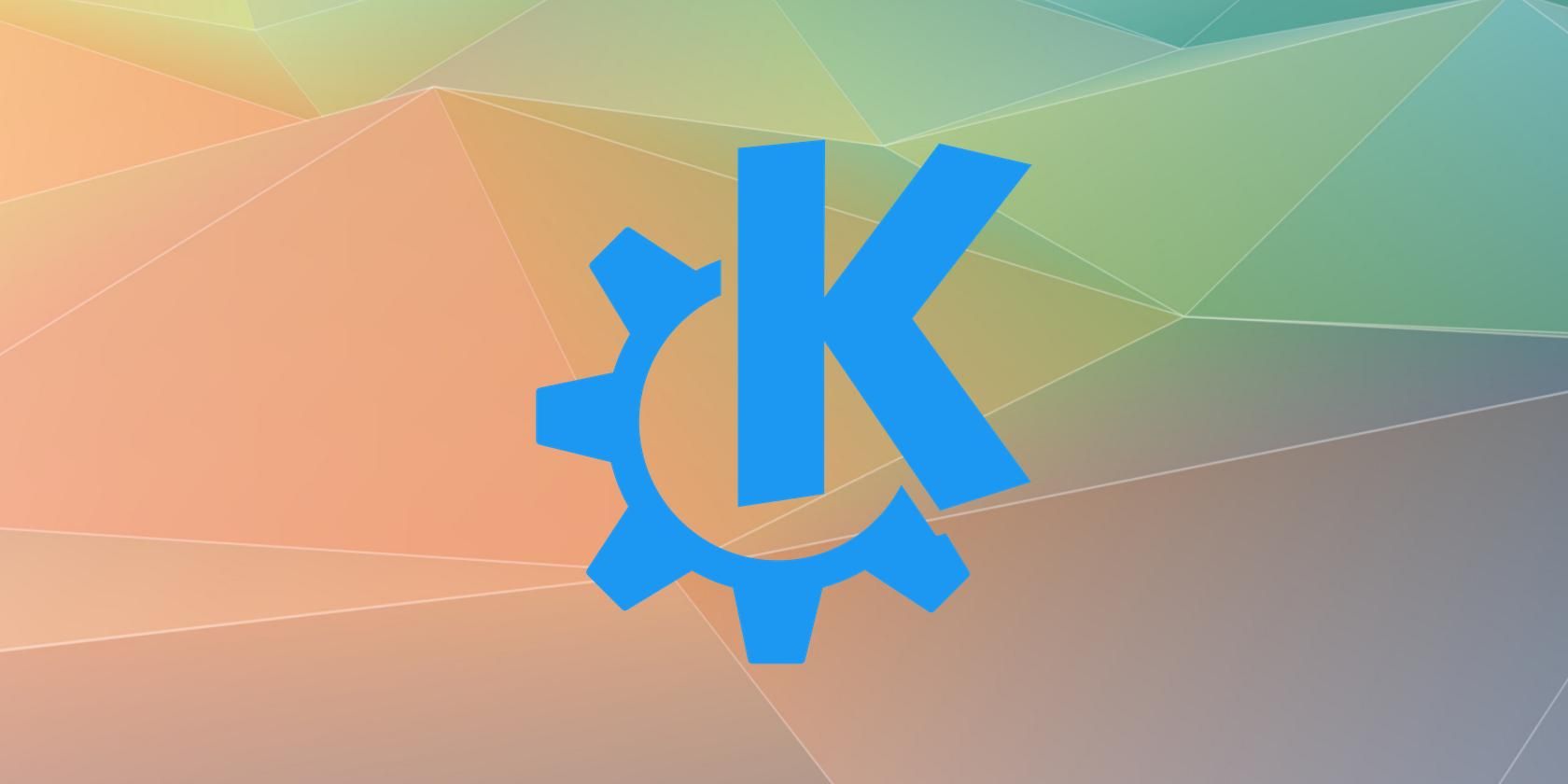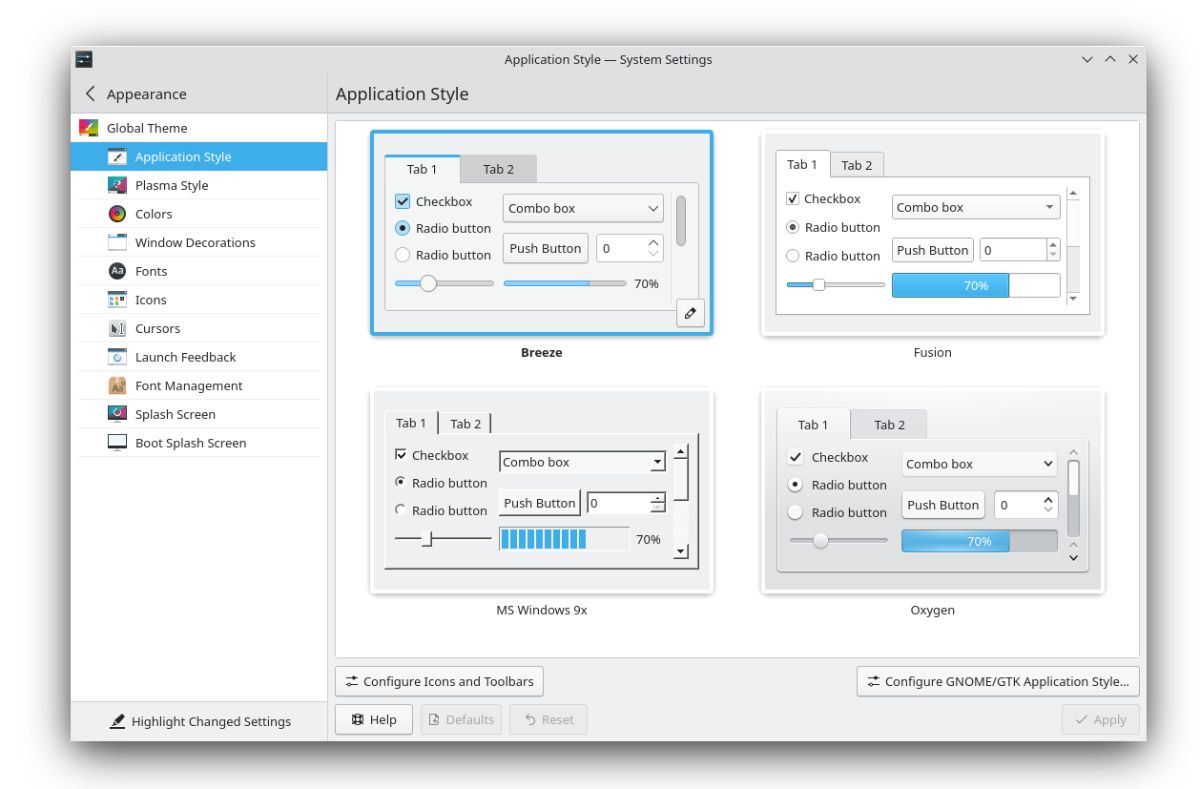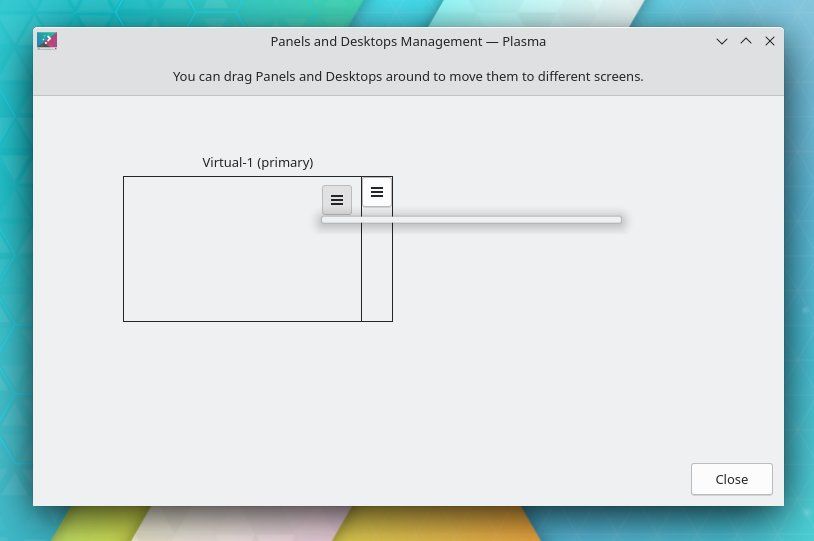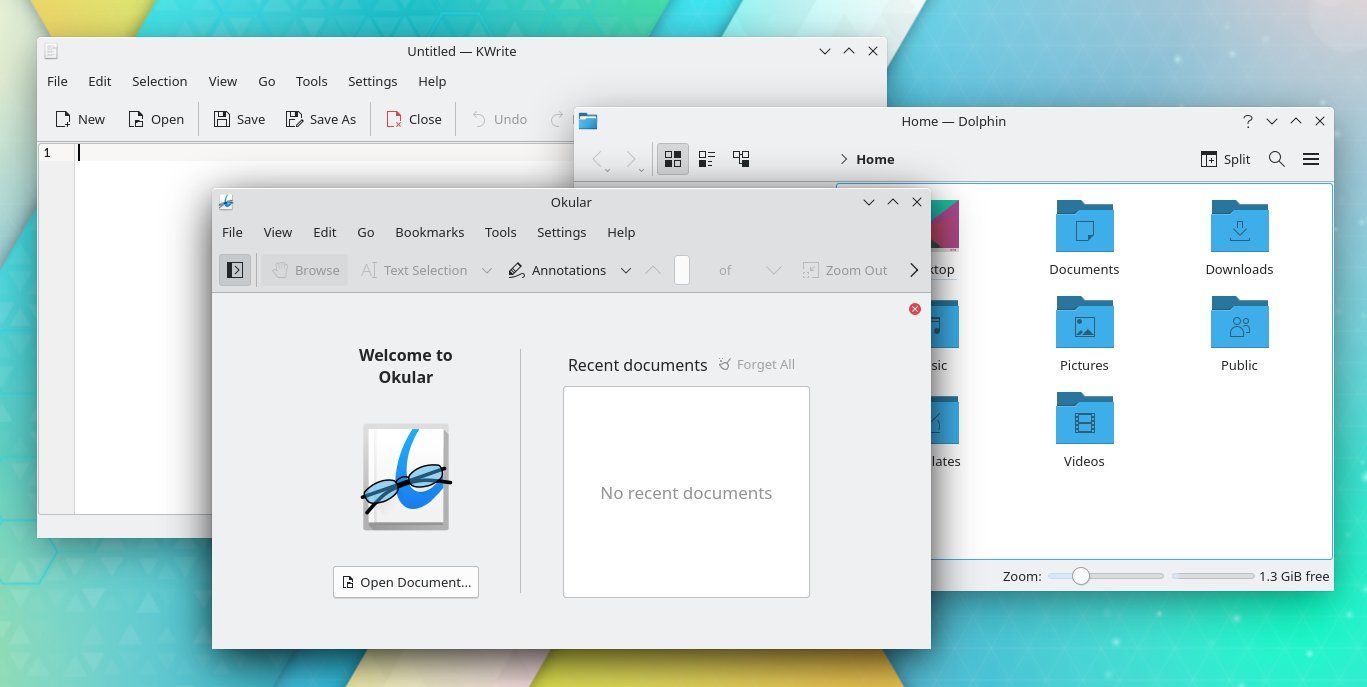The KDE Plasma desktop is great, but most Linux distros default to GNOME instead. Why don't more go all-in on KDE? Plasma is more than capable of serving as the foundation for a distro, so why aren't more KDE-based options available? Turns out, the reasons are mostly technical.
1. KDE Has a Massive Codebase
KDE consists of many parts. There's the Plasma desktop environment. There are various libraries and frameworks that operate in the background. And there are hundreds of apps. That's a lot of code to learn, and it's a lot to commit to maintaining and supporting.
But it's not just the amount of code. Each of these components has evolved over the course of years. They've picked up the complexity that can make them more challenging for people to wrap their heads around.
GNOME isn't merely a simpler user experience, it's a simpler set of software. This makes it easier to deploy. Many KDE-based distros are actually alternatives to a distro's default desktop, and it takes more effort to make them available than you might expect.
2. KDE Has a Staggered Release Schedule
Various parts of the core KDE experience launch on a different release cadence. There's the KDE Plasma desktop that you interact with. There's KDE Frameworks, consisting of background libraries. Then there's KDE Gear, consisting of over 120 programs, libraries, and plugins.
Each of these bundles has its own release schedule. Sometimes a version of KDE Plasma may launch with support for features that require a version of KDE Frameworks that hasn't yet officially launched.
This many moving parts can be challenging for distro maintainers to follow. If you want to create a distro based on GNOME, you can release a new version every six months following the launch of the latest GNOME. If you want to create a distro based on KDE, the release cadence isn't immediately obvious.
3. KDE Is Infinitely Configurable
The KDE Plasma desktop is perhaps the most configurable desktop interface. This is empowering for more technically-inclined people who enjoy turning their PC into exactly what they want it to be. You can have multiple panels or no panels, a global menu bar or app menus, a dock or a taskbar, or whatever else that tickles your fancy.
You can easily make KDE Plasma emulate Windows, macOS, or GNOME without needing to know code or install extra components.
But this can be a negative for less technical people who might accidentally delete their taskbar by clicking a few menus too quickly, with no idea of how to get it back. This can be a pain for support teams, who are expected not only to respond to issues with the default layout, but any possible configuration.
KDE's configurability doesn't apply only to the desktop. Many KDE apps are similarly tweakable, with lengthy menus and plenty of options. You can remove the app menu, change the icons that appear in a toolbar, or change what appears in an app window. When issues arise, this configurability makes it hard for developers and support teams alike to replicate the experience.
4. KDE Software Is More Complex
Open up the System Settings app on KDE Plasma. The options are seemingly endless. There are categories of options that sound similar. It can be difficult to find the specific setting you're looking for without turning to the search bar.
Most KDE software is like this: from the desktop environment and file manager to the text editor. Many have their own long list of preferences. You can even spend quite a bit of time configuring KDE's default terminal.
There's a lot that each KDE app does, which means there's more code to learn and more complexity to support. The task of understanding and shipping each component of the desktop requires more effort than on other desktop environments where the software doesn't attempt to do as much.
5. KDE Has More Bugs
As a result of this configurability and complexity, KDE has more bugs. There is more the desktop is trying to do, which means there's more that developers have to test for.
It's not enough for the window list to effectively show your open windows along the bottom of the screen. The window list must be able to rotate and adjust in size as needed, in case you want to move the panel to the side of the screen. This requires extra code to make it all work, which provides more opportunities for bugs to creep in.
Likewise, a bug that only appears when using an alternate theme and auto-hiding panels on multiple monitors can't be dismissed as a niche use case when all of this is available out of the box.
You can listen to KDE developer Nate Graham discuss part of the challenge in episode 261 of Destination Linux, such as attempting to guarantee customized desktop layouts stay in place whenever you connect to or disconnect from an additional monitor. Multimonitor support is simply easier to implement in other desktop environments.
6. KDE Isn't as Polished or Consistent
The end result is an experience that doesn't feel as polished. All the components are in place to create a professional, quality experience. But it's challenging to make sure every aspect of the desktop looks just right when every aspect can also be easily changed.
And as configurable as KDE is, some issues you can't easily address. There are many inconsistencies throughout the various apps. Some apps use a menu bar. Others use a hamburger menu button. Some utilize both!
Some issues you have to look closely to see. Scrollbars with different amounts of padding. Frames with blue, rounded outlines pressed directly against the edge of windows that lack borders (such as in Dolphin and KWrite). You can't fix these things without becoming a developer and learning how to read the code.
These types of issues aren't bugs. To address them requires more of a cohesive vision and a general agreement that "this is the way things should be done." It involves deferring some decisions to designers and going with their recommendations. And it necessitates having developers who can make the changes. The KDE community faces all three challenges.
Does This Mean KDE Isn't a Good Default?
No. There are developments that may make KDE more appealing to ship. Consider how Valve's KDE-based desktop for the Steam Deck has read-only system files, like Fedora Silverblue. This can protect you from breaking your system, even on an Arch-based system that receives KDE's latest updates. Valve's choice of Flatpak also makes sure you get the latest apps.
Valve isn't alone. TUXEDO Computers utilizes KDE Plasma on its machines. Some companies do choose to go with KDE over the alternatives, but they're just in the minority. But there is ample reason to believe that the future is bright for KDE.





